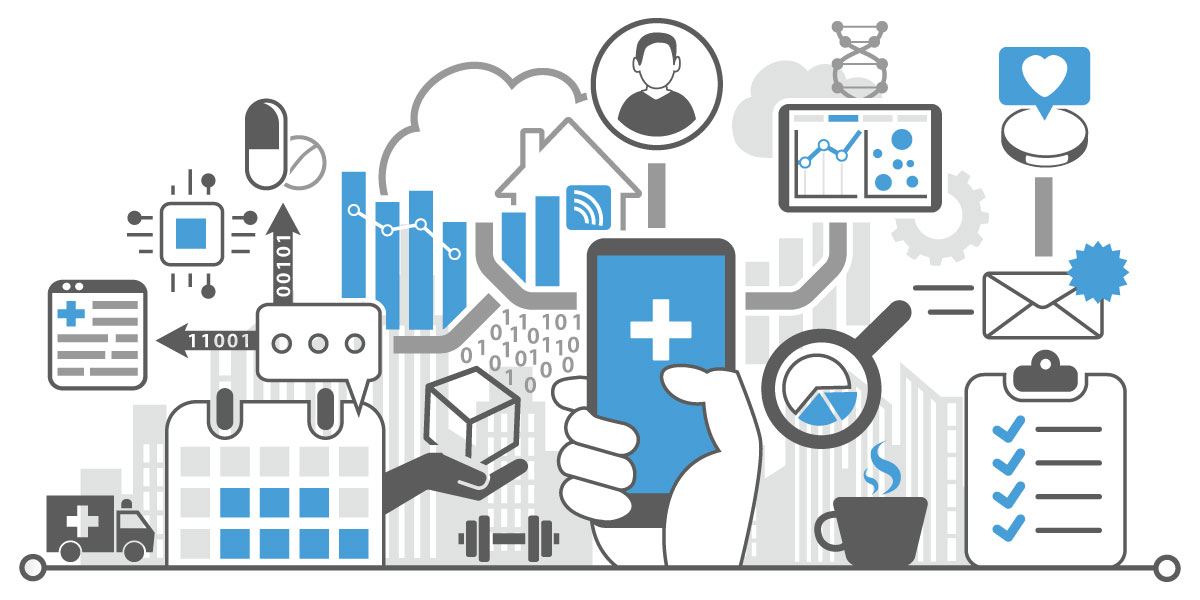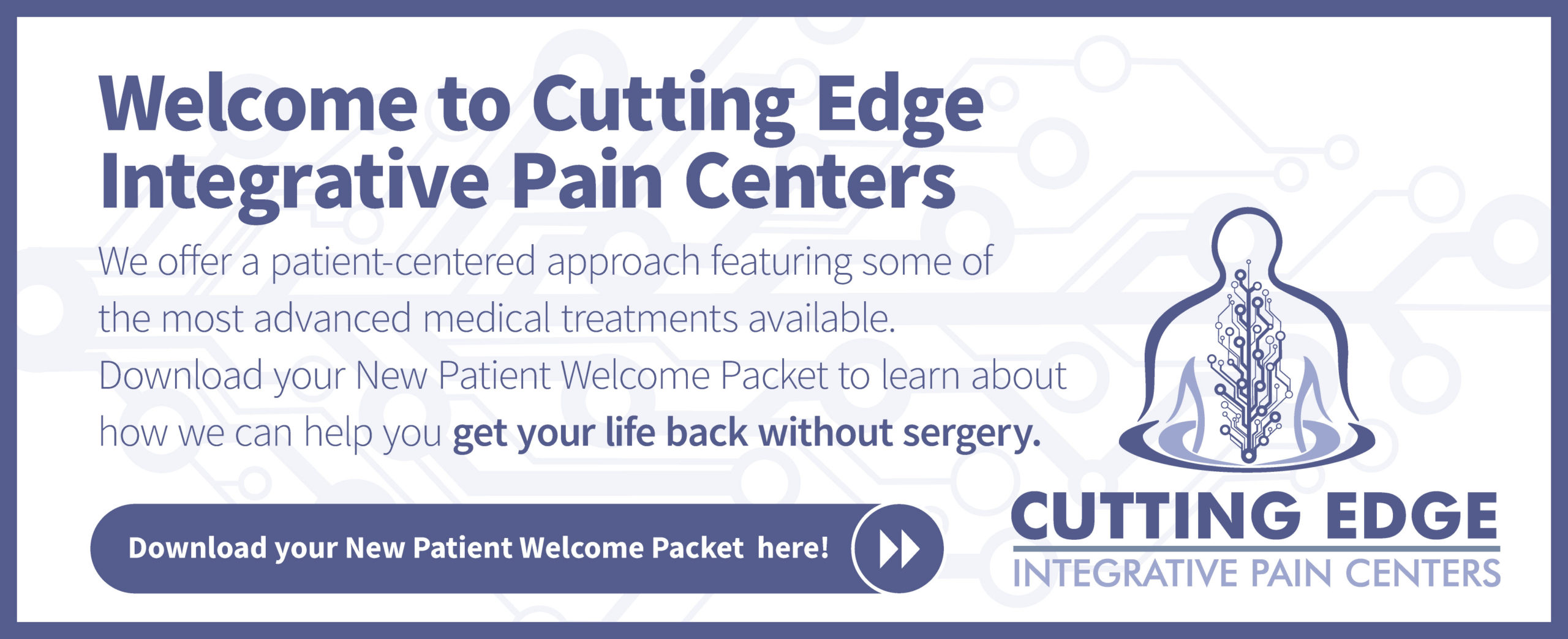In the socially distanced world, we currently find ourselves living in, new concerns about how pain patients can access the medical care they need to manage and treat their pain without going to the doctor. Conventional wisdom says that if you are ill or suffering from pain, you must schedule an in-person appointment; but we’re in the business of challenging conventional thinking. How can you leverage technology to bring your treatment into the twenty-first century? Let’s find out as we discuss telemedicine.
Click Here to read: Innovative Healthcare App Helps Patients Suffering from Pain
What is Telemedicine?
Telemedicine is the practice of providing remote care for patients, specifically when providers and patients are not physically present. This model isn’t exactly in its infancy. Believe it or not, telemedicine finds its origins in the 1950s: in the 2020s, when it seems we need telemedicine most, it’s in its 8th decade of existence. What began as a way for doctors to discuss symptoms, medical issues, or to simply maintain contact with patients has evolved to foster the above as well as receiving a diagnosis, learn treatment options, even get a prescription.
Generally speaking, telemedical services fall into one of three categories. First is called “store and forward” in which medical providers are allowed to share medical information with other healthcare professionals or specialists. Second is “remote patient monitoring:” in which the patient’s caregiver(s) are allowed to monitor and collect data on blood pressure and blood sugar levels for patients who use mobile medical equipment. Third and finally is “interactive medicine,” which is when patients and doctors communicate in real-time to discuss pain and treatment solutions.
The next thing to know about telemedicine is that it is not an emergency solution to events such as heart attacks, strokes, or broken bones–these require immediate care that should be handled in person. But telemedicine can be very useful for follow-up appointments.
Telemedicine is helpful in a variety of medical issues: chronic pain management is just one of them. For example, during a telemedical meeting, patients can describe their pains and a pain specialist like Dr. Landrum helps them determine the best course of action to treat the pain. This is especially useful for pain doctors who are experienced with alternative treatments and can offer such treatments that primary care doctors may not think of. This allows patients an alternative to NSAIDs and opioids.

How Does it Work? What are the Benefits?
How does telemedicine work? Well, doctors and patients use modern technology to communicate. This may be through something as simple as a phone call or a video conference. One of the benefits of living in the digitally connected world we live in is the almost limitless ways patients and medical professionals can interact.
What does the patient stand to benefit from telemedicine? First, the patient misses less time away from work, there is no additional cost (neither time nor money) associated with travel, there is no need to arrange child care, you enjoy the same care you would receive at the clinic, and, as we know from observations of the coronavirus, this solution prevents exposure to potentially contagious patients. If telemedicine is the solution you didn’t know you were looking for, you’re at the right place. Cutting Edge Integrative Pain Centers is committed to helping maintain public health by continuing our telemedical techniques in these uncertain times.


